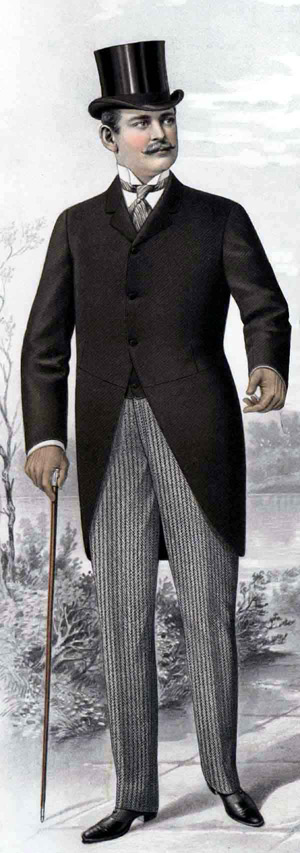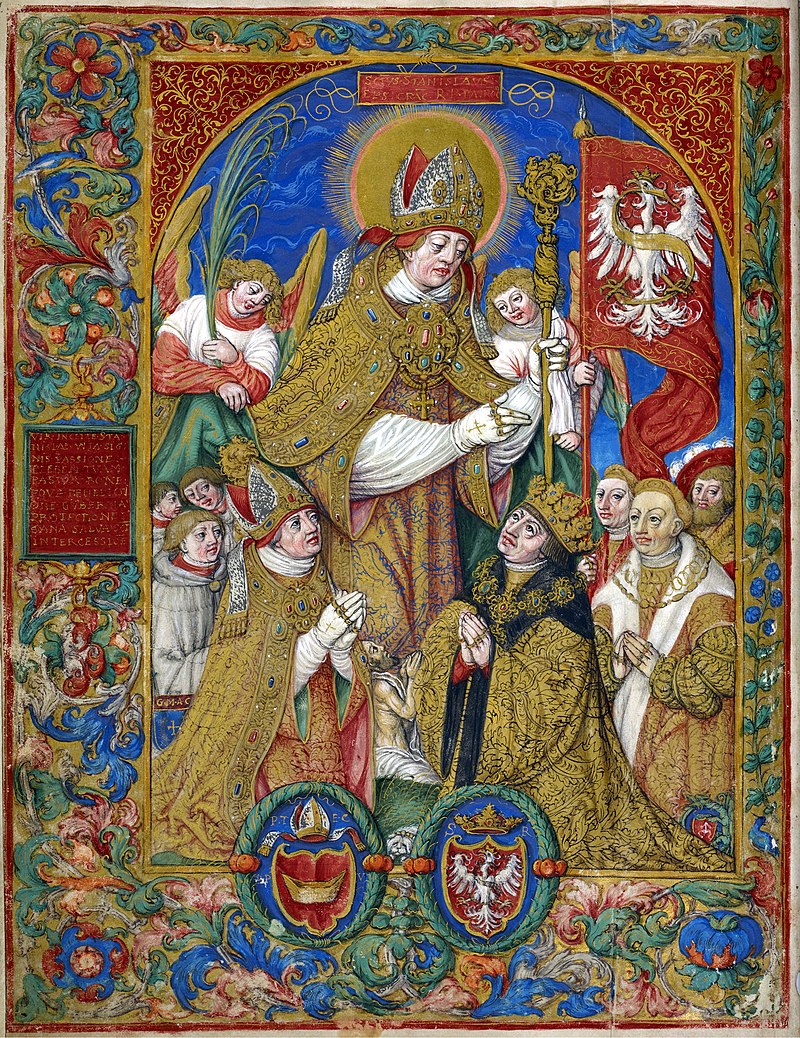Text from The Saint Andrew Daily Missal,
unless otherwise stated.
Saint Antoninus.
Bishop and Confessor.
Feast Day 10 May.
Double.
White Vestments.

English: Church of Saint Antoninus, Alpes-Maritimes, France.
Français: Façade de l'église paroissiale Saint Antonin de Levens, Alpes-Maritimes, France.
Photo: 14 July 2007.
Source: Own work.
Author: Eric Coffinet.
(Wikimedia Commons)
His prudence earned for him the Title of "Antoninus of Counsel". He died, rich in merits, in 1459.
Mass: Státuit.
Commemoration: Saint Gordian and Saint Epimachus. Martyrs.

English: Church of Saint Antoninus, Immensen, Germany.
Deutsch: St. Antoniuskirche in Immensen.
Photo: 12 July 2013.
Source: Own work.
Author: Hydro.
(Wikimedia Commons)
Saint Antoninus of Florence, O.P. (1389 - 1459), was an Italian Dominican Friar, who ruled as an Archbishop of Florence. He is Venerated as a Saint by The Catholic Church.
He was born Antonio Pierozzi (also called de Forciglioni) on 1 March 1389 in the City of Florence, then Capital of an independent Republic, to Niccolò and Tomasina Pierozzi, prominent citizens of the City, Niccolò being a Notary.
The young Anthony was received into The Dominican Order in 1405, at the age of sixteen, at the new Priory of The Order in Fiesole, Florence, and given the Religious Habit by the Blessed John Dominici, Founder of the Community, becoming its first candidate. Soon, in spite of his youth, he was tasked with the administration of various Houses of his Order at Cortona, Naples, as well as Florence, which he laboured zealously to reform. These Communities had become part of a new Dominican Congregation of Tuscany, established by John Dominici in order to promote a stricter form of life within The Order, which had been devastated through its division in the Western Schism of the preceding Century.

English: Church of Saint Antoninus, Emilia Romagna, Italy.
Italiano: Chiesa di Sant'Antonino, Borgo Val di Taro, Emilia Romagna, Italia.
Photo: 11 July 2010.
Source: Own work.
Author: Davide Papalini.
(Wikimedia Commons)
Antoninus was Consecrated Archbishop of Florence on 13 March 1446, at the Dominican Priory in Fiesole, on the initiative of Pope Eugene IV, who had come to admire him through his participation in the major Church Councils of the period. He came to win the esteem and love of his people, especially by his energy and resource in combating the effects of the plague and earthquake in 1448 and 1453. It was they who began the use of the diminutive form of his name which has come to prevail. Antoninus lived a life of austerity as Archbishop, continuing to follow The Dominican Rule. His relations with the Medici regime were close, but not always harmonious, with his serving several times as an Ambassador for The Republic to The Holy See during the 1450s.
Antoninus died on 2 May 1459, and Pope Pius II conducted his funeral. The Pope happened to be on his way to The Council of Mantua when he heard of the Archbishop's death. The Archbishop's wish was that he be buried at the Priory which he had Founded in the City.



























